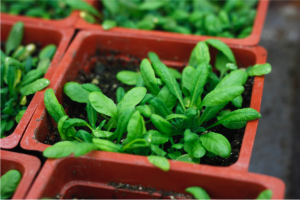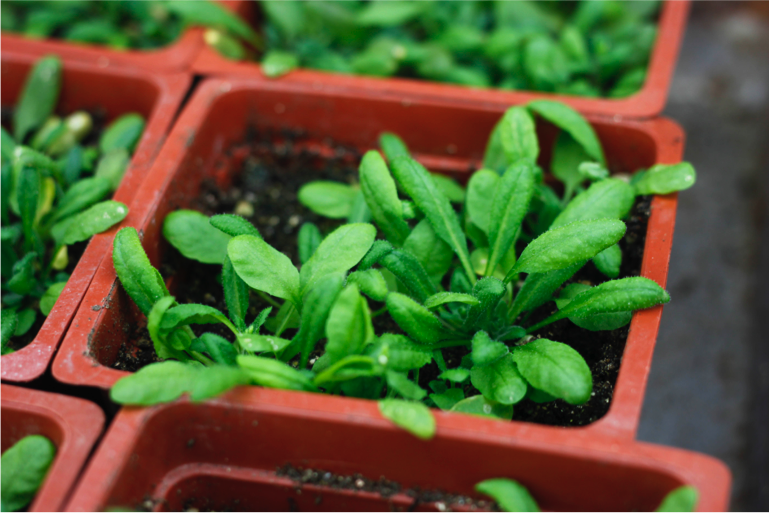Though we have always known that plants are vital to maintaining good health and preventing diseases, only recently have scientists begun to uncover the mystery and promise lying within their leafy tendrils. Yale professor Nicole Clay and her team of researchers, in collaboration with Stanford scientists, have discovered that plant defense compounds likely do more than just monitor antibiotic activity. These molecules also function as secondary messengers to regulate chemical signaling pathways and antibiotic activity.
A recent Nature article featured the Clay Lab’s research identifying a cyanogen, or cyanide-releasing compound, involved in Arabidopsis metabolism called 4-OH-ICN. Both signaling and antibiotic classes of products were thought not to exist in the same plant species. Cyanogens are extremely rare in nature, so the researchers decided to further investigate the synthetic pathway leading to this particular molecule. They later found that mutating the enzymes involved in this pathway made Arabidopsis more susceptible to bacteria, implying that 4-OH-ICN is important in the plant defense response against pathogens.
Some plant signaling pathways regulate signaling processes that are conserved between plants and animals. Thus, plant natural products are being investigated as effective anti-cancer agents and to assist in treating both human and plant diseases.
“Plants are the world’s best chemists, and their natural products hold the key to the development of novel human medicines,” Clay said. Though there is still much work to be done to uncover the mysteries behind plant defense pathways, this research will surely lead to great advancement for medicine and mankind.


